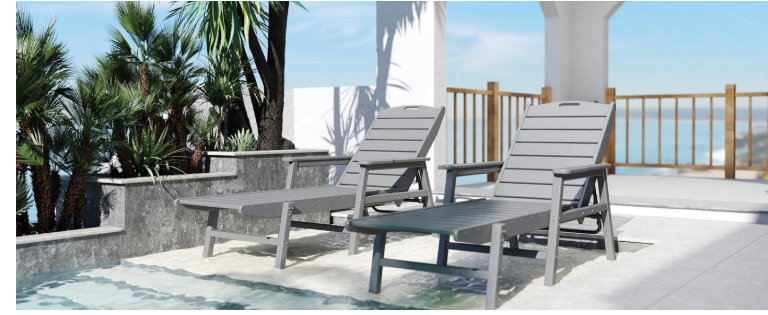
When it comes to enhancing your outdoor space with functional and inviting furniture, few options are as timeless and practical as the picnic table. However, before selecting or building one, understanding the standard picnic table dimensions can make all the difference in achieving the perfect fit and function. A well-proportioned picnic table not only ensures comfort but also optimizes your patio, backyard, or park setup for entertaining, dining, and everyday use.
Standard picnic table dimensions typically depend on the seating capacity and intended use. The most common size is a six-foot table, which comfortably seats six to eight adults. This table usually measures 72 inches in length, 30 inches in height, and about 28 to 30 inches in width. The benches, often attached on either side, are usually around 17 to 19 inches high and 9 to 12 inches wide. These measurements are designed to provide ample space for legs and allow diners to sit comfortably without being cramped. Whether you’re buying a pre-made table or planning a DIY project, adhering to these dimensions ensures a balanced, ergonomic design.
Another important aspect of the standard picnic table dimensions the variation based on material. Wooden picnic tables, especially those made of cedar or pine, are often heavier and slightly bulkier than aluminum or HDPE models. This means while the seating and tabletop sizes remain consistent, thicknesses and leg spacing may vary slightly to support the material’s weight. If you’re selecting a wood table, make sure to factor in wood shrinkage or expansion depending on your climate.
Round and square picnic tables also follow their dimension guidelines. A round table that seats four typically has a diameter of 45 to 48 inches, while a larger one that seats six might be closer to 60 inches. Square tables, ideal for compact spaces, often measure 36 to 48 inches on each side. These configurations are particularly popular in park and school settings due to their inclusive, face-to-face seating. In this standard picnic table dimensions it’s important to remember that accessibility should also be considered, especially for public spaces or commercial use.
ADA-compliant picnic tables, for example, must meet certain specifications to accommodate wheelchair access. These include an extended table overhang of at least 19 inches, a height of 28 to 34 inches, and clear ground space of 30 inches by 48 inches. Integrating these features into your picnic area not only makes your space more inclusive but also adds functionality and future-proofs your setup.
If you’re planning to build your table, spacing is key. Ensure there’s at least 24 inches of space per person along the bench and allow 30 to 36 inches of clearance around the table so people can move freely. For instance, a six-foot picnic table would ideally sit in a space at least 10 feet long and 6 feet wide to allow for comfortable circulation. This standard picnic table dimensions also emphasizes legroom under the table, which should be at least 12 inches from the bench to the tabletop’s underside.
Another variation in standard picnic table sizing comes from children’s picnic tables. These are smaller in scale, usually around 36 to 48 inches in length, 20 to 22 inches in height, and feature shorter bench heights of around 12 inches. These tables are excellent for schools, day-cares, and family homes, providing a safe, accessible environment tailored for young users. When following the standard picnic table dimensions always consider who will be using the table most frequently.
Material and function also influence your dimension choices. For example, if your picnic table will be used as a work or craft station outdoors, you might want a wider table surface—perhaps up to 36 or even 40 inches—to accommodate tools or projects. On the other hand, if space is limited and the table is primarily for casual seating or drinks, a narrower profile may be more appropriate.
As we wrap up this comprehensive standard picnic table dimensions it’s clear that while there are established norms, flexibility based on user needs, environment, and style is essential. Always measure your intended space, think about traffic flow and usage, and choose durable materials that align with your climate. Whether you’re furnishing a backyard oasis, upgrading a campground, or creating a welcoming park spot, understanding the foundational dimensions ensures your picnic table is not just functional but also a long-lasting and enjoyable part of your outdoor setup.
Ultimately, the right picnic table brings people together, creates memories, and adds value to your outdoor living area. With the help of this you’re well on your way to making a smart, informed decision that blends comfort, style, and practicality into one classic piece of outdoor furniture.